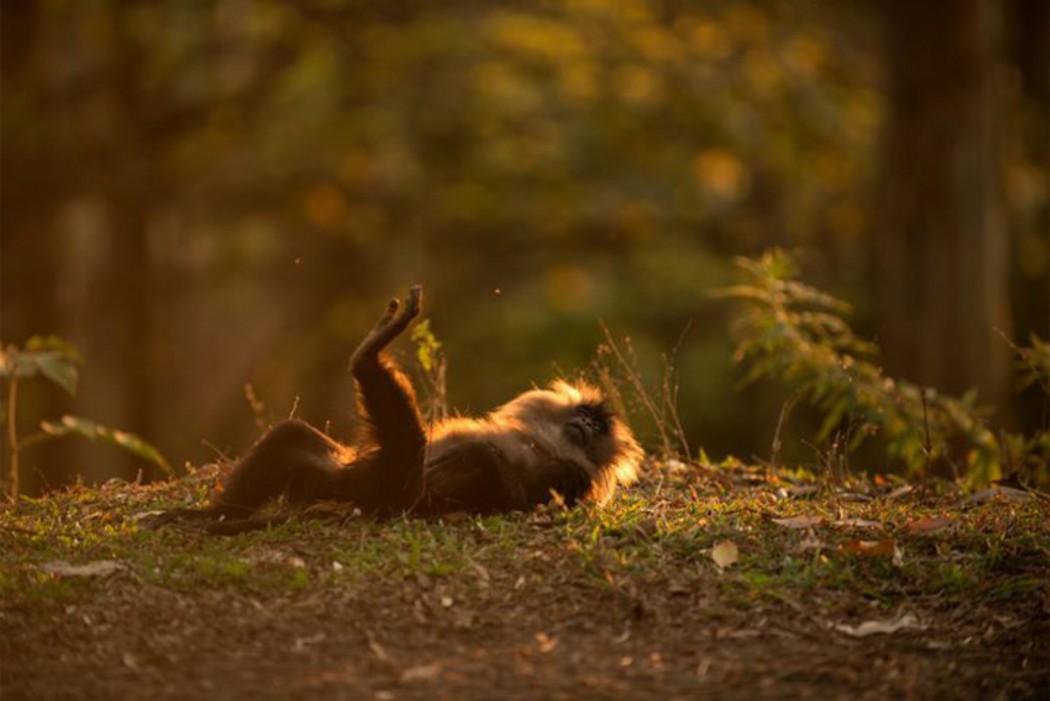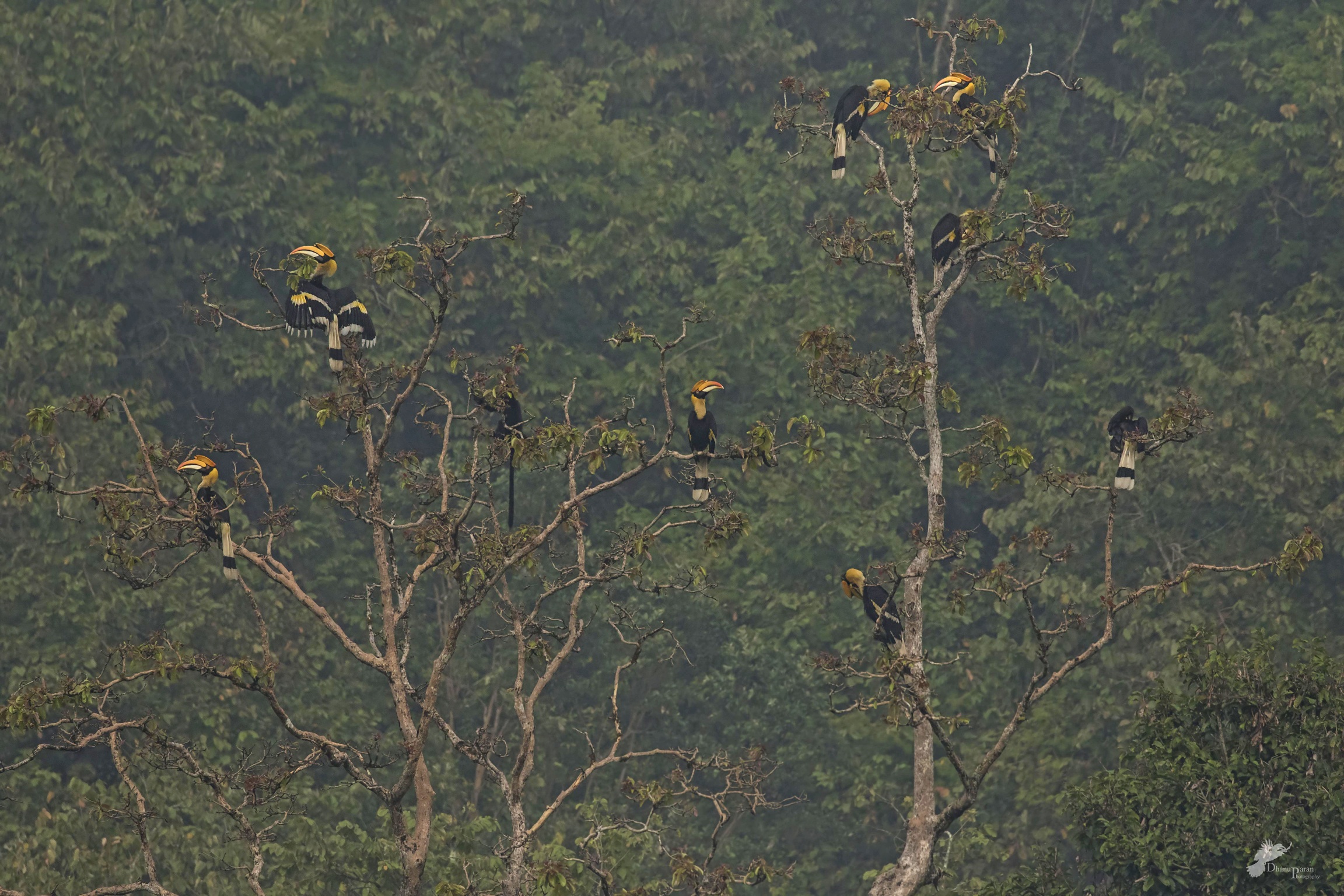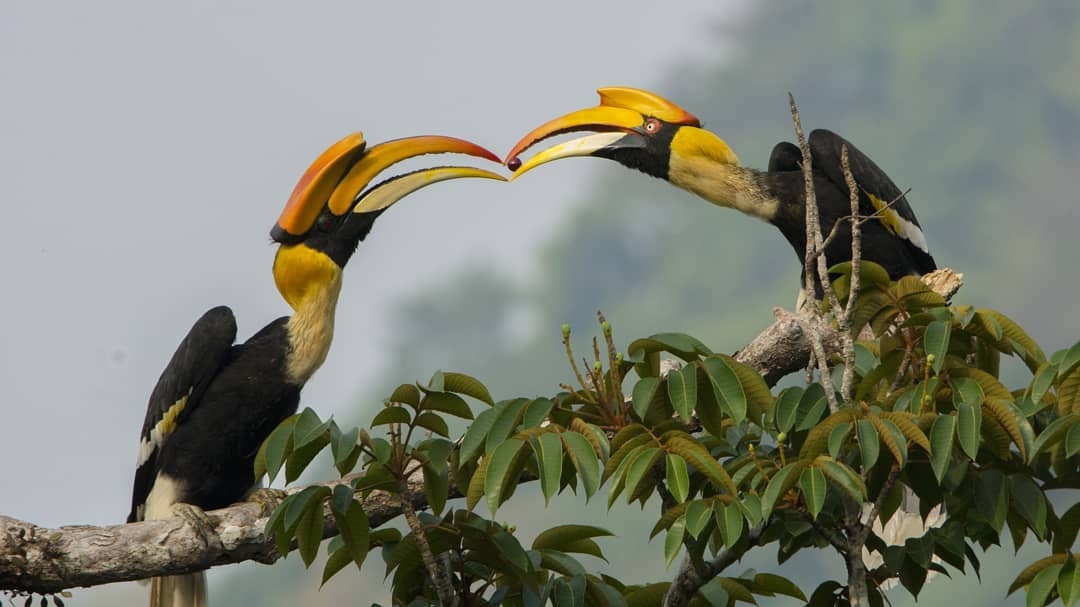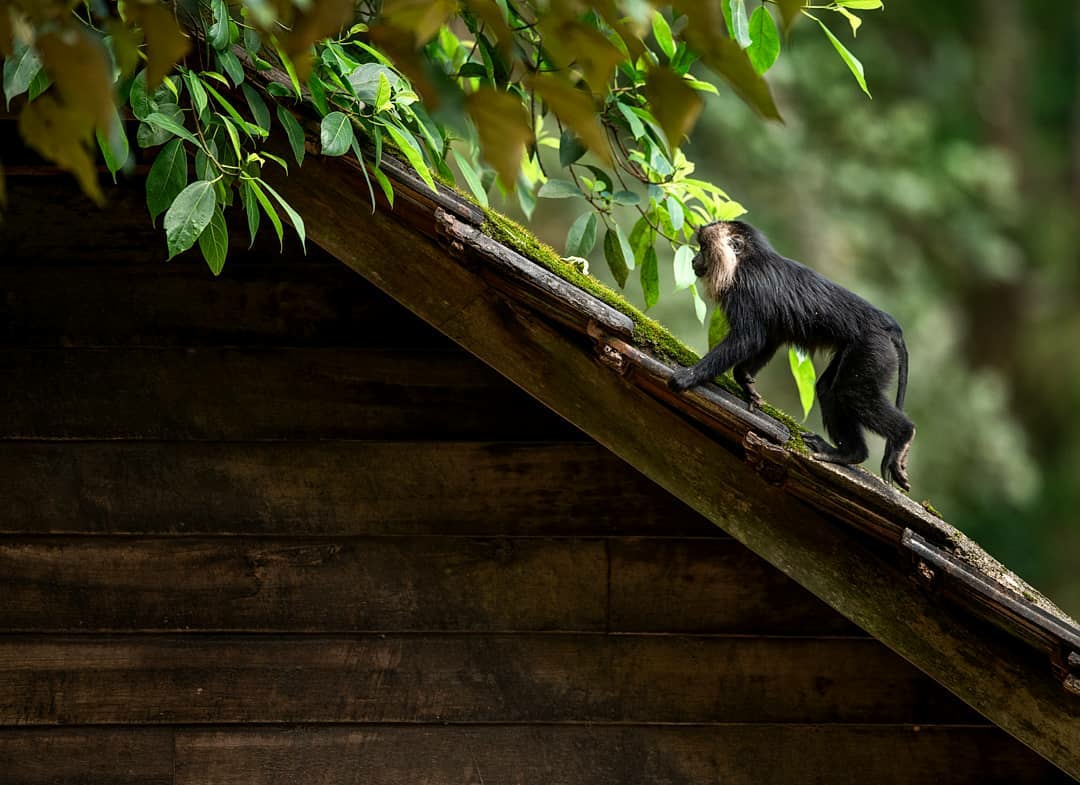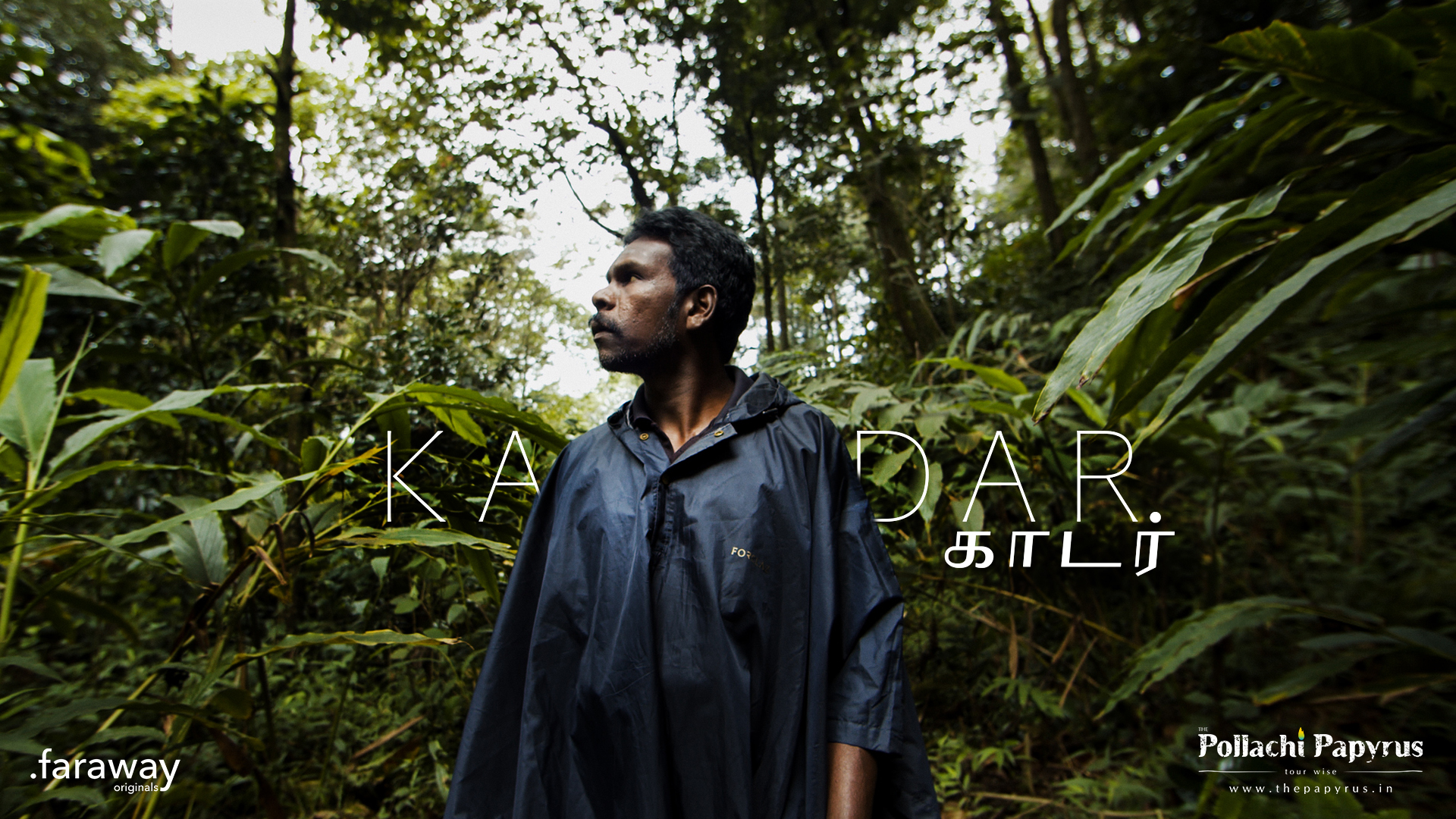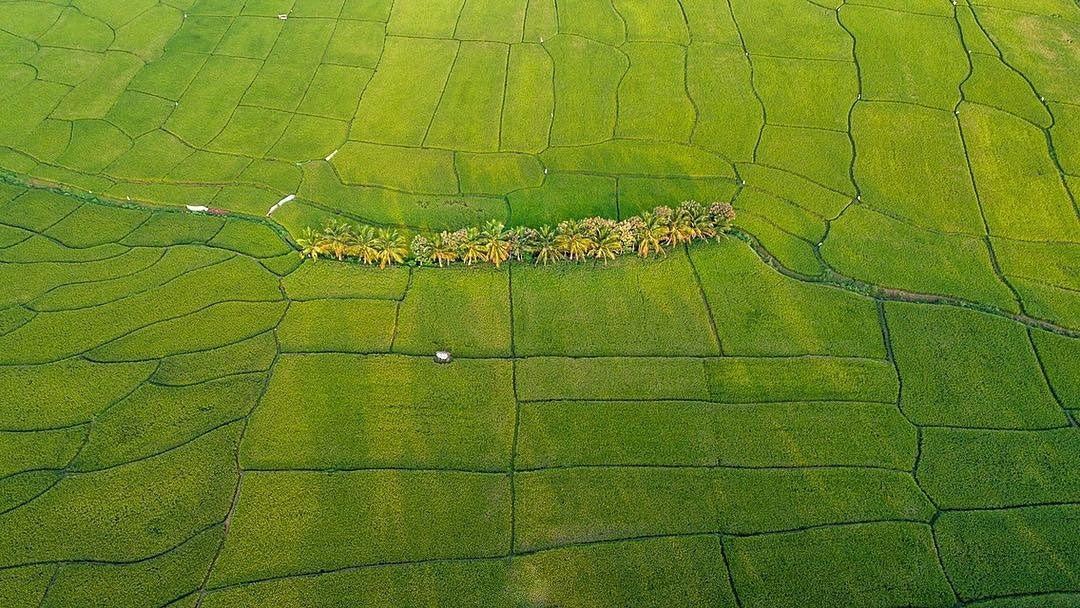The article originally appeared in “Conservation India”, a non-commercial portal, committed to promoting conservation strategies that are rooted in evidence.
Written by: Shekar Dattatri and Ramki Sreenivasan
There are probably more amateur nature photographers in India than in any other developing country in the world. India’s most popular web portal for sharing nature photography, India Nature Watch, has several thousand members, some of who now routinely produce the kind of jaw-dropping images that were once the exclusive preserve of magazines like National Geographic or Geo. While this is something to be proud of, the question we are asking today is, “is it time for India’s wildlife photographers to look beyond the pretty picture?”
Illusions and delusions:
Visiting one of our popular, relatively well-protected wildlife reserves, it is easy to convince oneself that all is well with India’s wildlife. The truth is, our wild spaces have never been under greater threat. “Development” projects, mining, increasing market demand for forest products, poaching, pressure from agriculture and grazing, unregulated tourism and diminishing political will for nature conservation, are all taking a heavy toll. Unless everyone who professes to “love” nature resolves to give something back, the future could be quite bleak for our forests and wildlife.
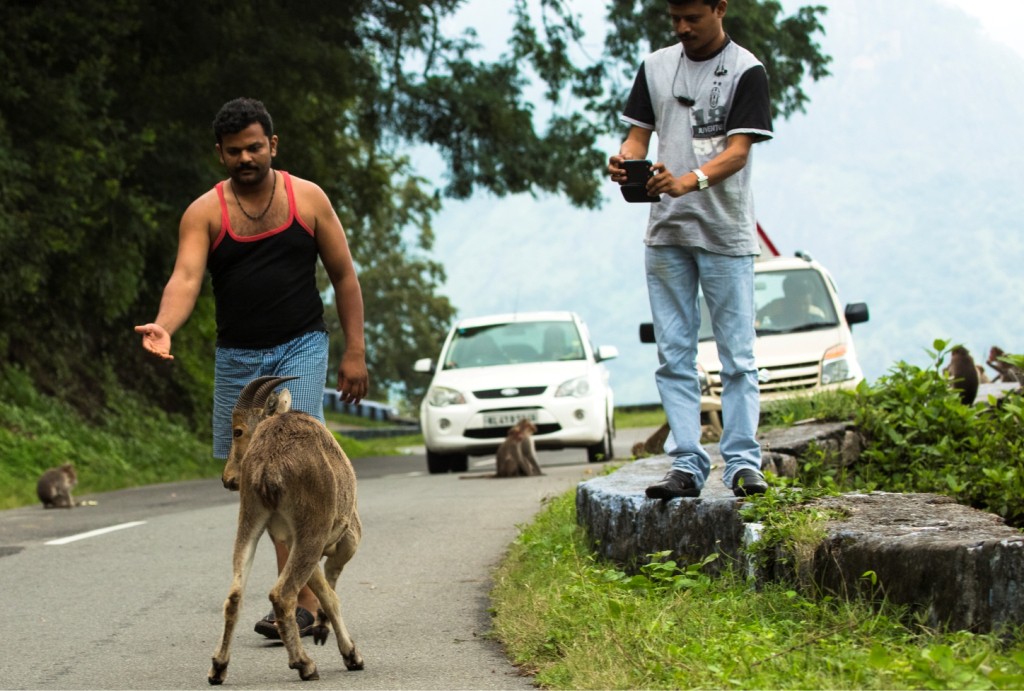
Many people sincerely believe that by visiting wildlife reserves, taking beautiful photographs and posting them on the Internet, they are somehow contributing to conservation. Unfortunately, such is not the case. In fact, when practiced frequently by thousands of people, as it is in India today, wildlife photography is no longer the benign pastime it once was. Here are some reasons why:
To photograph nature, one has to :
- Travel to various locations, burning tons of carbon in the process.
- Stay in a lodge or resort that, more often than not in India, negatively impacts the environment.
- Traverse the jungle in a vehicle that spews exhaust into the atmosphere, causing pollution.
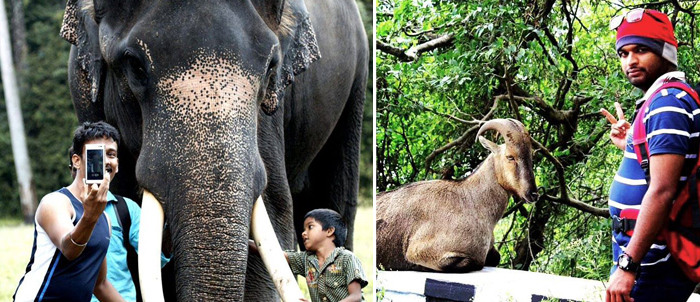
Other negative impacts include overcrowding of popular reserves, noise, littering, insensitivity towards wildlife, harassing of animals and sometimes, violation of park rules. The more competitively one pursues photography, the more intense the impact.
Now that we’ve seen the “costs” of wildlife photography to nature, let’s look at the benefits:
Benefits to the photographer from nature photography:
- “Recharging of one’s batteries” after a tough week at the office.
- Thrill of the chase, and “trophies” in the form of pictures.
- Satisfaction/joy/fulfilment.
- Commercial benefits by selling pictures.
- Bragging rights among one’s peers.
Without an active commitment to put one’s photographs to use for the benefit of nature, the wildlife photographer is no different than a casual tourist, albeit, with a better camera. In fact, the nature photographer’s impact on the planet is arguably higher than that of an average tourist’s because, while the tourist may only visit wildlife reserves once or twice a year, the ardent nature photographer is on the move virtually every weekend.
Giving back through photography
While pictures of nature and wildlife are valuable when contributed to conservation causes, images that depict the destruction of nature are vital for creating change. Unfortunately, most nature photographers in India do not even consider taking “conservation photographs” such as road kills, mined slopes, deforested hillsides, ugly constructions within forests, or other manmade disasters inflicted on nature. Yet, pictures like these, with a record of the location, date and time, can help conservation immensely. If you’ve only been photographing nature so far, taking “conservation pictures” will definitely require venturing outside your comfort zone. However, in the interests of India’s wildlife, it’s time for all nature photographers to add this genre of photography to their repertoire. The good news is, nature and conservation photography are not mutually exclusive and can be practiced side-by-side. The advantage with conservation photography is that, unlike nature photography, it is not dependent on sophisticated and expensive equipment, or great technical skill.
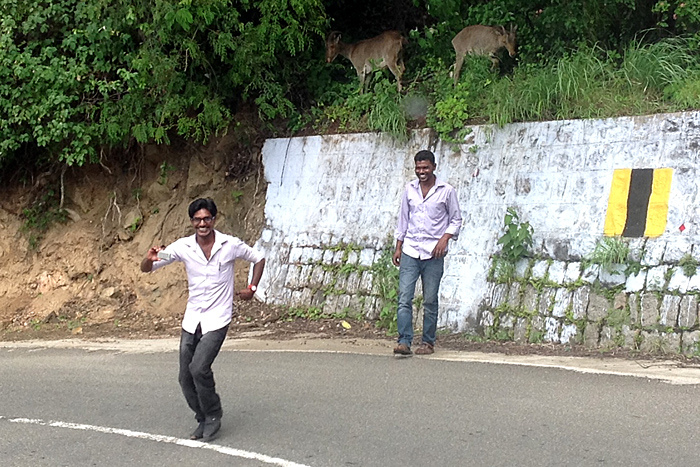
In Karnataka, graphic photos of road kills on the highways running through Bandipur were used effectively in a court case that resulted in the night time closure of the deadly roads. These are but two examples of the power of conservation photography.
Defining the conservation photograph
Conservation and photography may represent two very distinct fields, but their combined impact can be profound. Simply put, conservation photography is photography that enables or empowers conservation. According to the acclaimed photographer, Joel Sartore, “the typical nature photograph shows a butterfly on a pretty flower. The conservation photograph shows the same thing, but with a bulldozer coming at it in the background. This doesn’t mean there’s no room for beautiful pictures, in fact we need beautiful images just as much as the issues. It does mean that the images exist for a reason; to save the Earth while we still can.” The serious conservation photographer doesn’t take pictures merely out of a sense of duty, but brings to his or her work a deep empathy for the natural world. The resulting images, when properly used, have the power to bring about positive change.

Conservation photographs fall into two broad categories, both of which are equally valuable:
The snapshot: You see something that strikes you, quickly pull out your cell phone or point-and-shoot camera, and grab some pictures without expending too much time or effort.
The carefully crafted conservation picture: You see the same scene, but instead of quickly shooting it and moving on, you take a series of carefully crafted, high-quality images that help tell the story in a more powerful way. Such photographs always have a better impact. You may also proactively seek opportunities to take conservation pictures; such efforts can result in excellent photo stories that can move people’s hearts and minds.
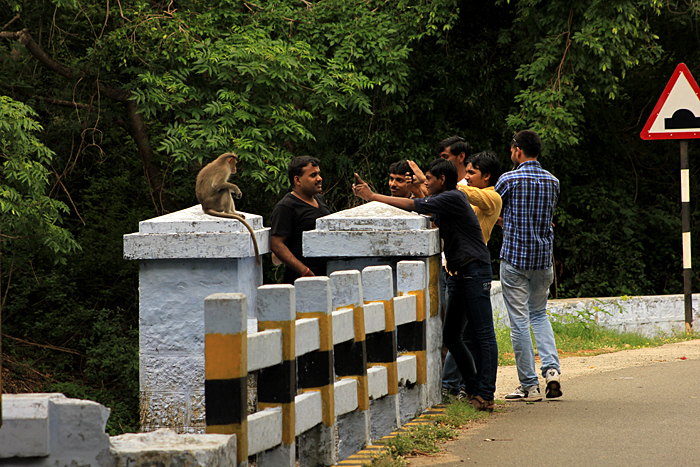
Listed below are a few examples of conservation photo opportunities to look out for during your next photography trip:
- Any destruction/construction activity inside a protected area.
- Any commercial activity in ecologically sensitive zones (ESZs) – the areas immediately bordering national parks and reserves.
- Any habitat destruction or fragmentation — from tree felling to a full-blown hydroelectric project.
- Forest fires.
- Cattle / goats inside protected areas.
- Roads that have sprung up inside or near a protected area.
- Evidence of poaching or hunting – snares, jaw traps etc.
- Photographs of road kills.
- Wildlife kept as pets.
- Tourism and its
- Harvest of forest produce.
- Pictures of man-animal conflict.
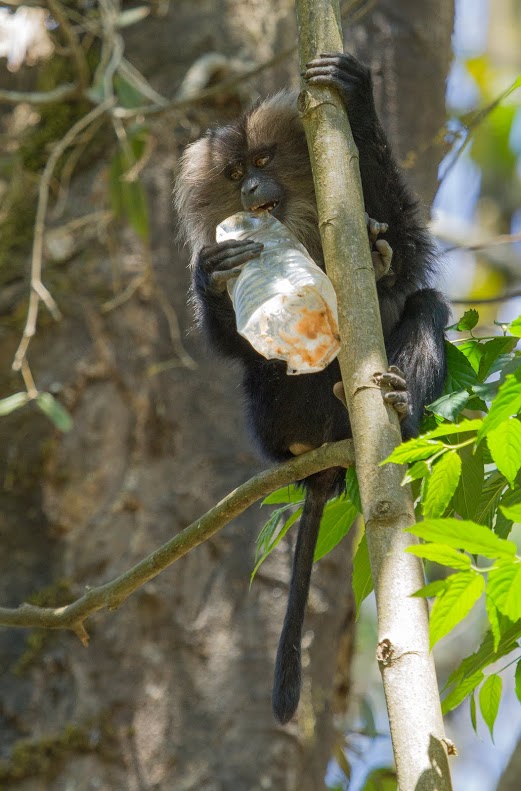
Credits – Rohit Kalingarayar
If you have pictures to contribute, kindly mail them to – pollachipapyrus@gmail.com
For more on Conservation Photography, read Mr. P Jeganathan’s article written in Tamil – https://uyiri.wordpress.com/2014/11/12/irresponsible-wildlife-photography/

